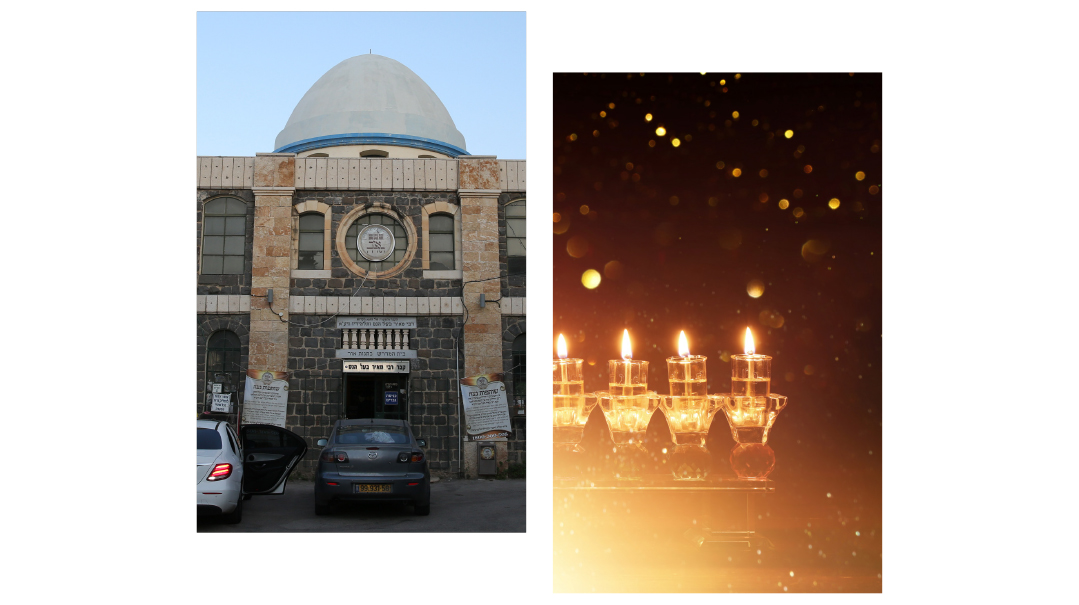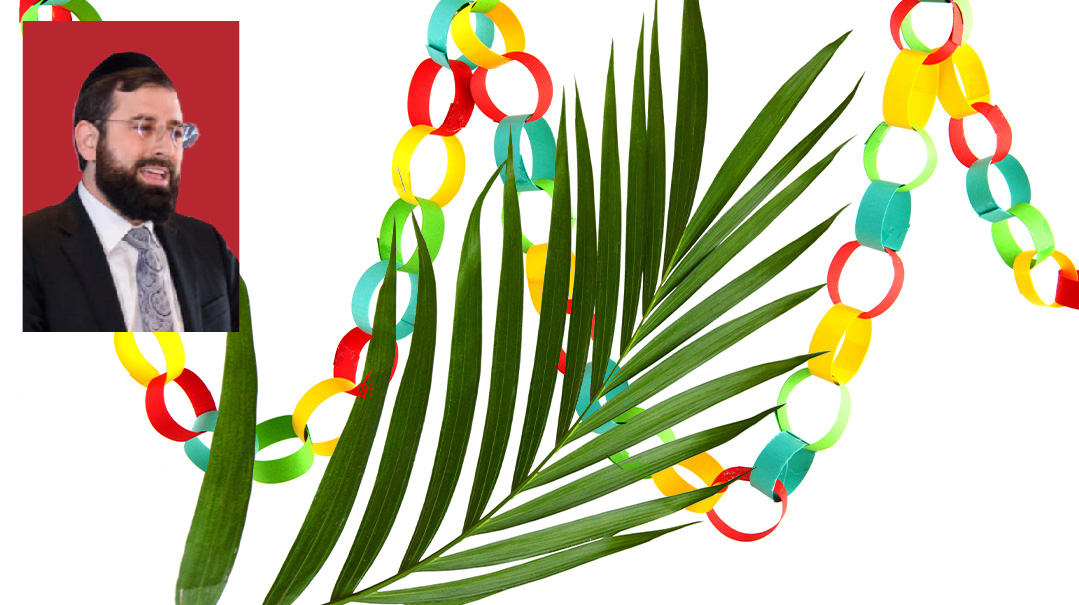The Secret of Unity
| January 30, 2024There are several common themes running through Parshas Yisro and the Megillah

WEprepare to read this week’s parshah, Yisro, with Purim looming on the not-too-distant horizon. You might be surprised to learn that there are several common themes running through this sedra and the Megillah. And all these themes tie together to teach us some critically important lessons about unity.
1
Before the Jewish People received the Torah, they experienced unparalleled unity. As Rashi famously comments on parshas Yisro, they gathered together “k’ish echad b’lev echad— like one man with one heart.” Unity is always a wonderful objective, but why is it that, specifically at the moment of receiving the Torah, we find an increased emphasis on this ideal?
Similarly, we find the theme of unity at work in the Purim story, as the pasuk says: “lech kenos es kol haYehudim — go gather all the Jews.” This commonality is especially striking in light of the fact that the Purim story results in “kimu v’kiblu” — a renewed acceptance of the Torah. Thus, we see that in both instances of acceptance of the Torah, unity seems to be a prerequisite.
There is yet another common theme that seems to run between parshas Yisro and the Purim story. Yisro — whose name derives from the root yeser, meaning “addition” — is called so because his counsel to Moshe resulted in pesukim being added to the Torah. Another relevant fact is that Yisro is a convert — he “added” to the Jewish People by way of his conversion.
These two elements feature in the Purim story as well. The Gemara tells us in Megillah (14a) that the only mitzvah the Neviim added to the Torah is the reading of the Megillah. Additionally, the pasuk in Megillas Esther (8:17) says, “v’rabim mei’amei ha’aretz misyahadim — and many of the nations of the land became Jewish.” Once again, we find correlations between parshas Yisro and the Purim story: additions to the Torah along with additions to the Jewish People, through conversions to Judaism. What could be the connection between these various themes?
2
Following the vicious battle with Amalek (Shemos 17:16), the pasuk says “Ki yad al keis Kah— for the hand will be upon Hashem’s throne.” The words keis and Kah are both abbreviations: Keis has the first two letters of the word kisei, and Kah has the first two letters of Hashem’s ineffable Name. What we see from here is that Amalek somehow has the ability to limit the revelation of Hashem’s Name in this world. We can infer from this that the eradication of Amalek results in the full revelation of Hashem’s Name in this world.
3
There is a principle that “Kudsha Berich Hu v’Oraisa v’Yisrael chad hu— Hashem, Torah, and Yisrael are one” (Nefesh HaChaim 4:11). On its simplest level, we can understand that there is a spiritual link between Hashem, Klal Yisrael, and the Torah. Thus, it stands to reason that whatever happens to one will have ripple effects on the others.
What derives from this is that when Amalek’s power to limit the revelation of Hashem’s Name is overcome, making Hashem’s name more manifest in the world, then via the principle of “Hashem, Torah, and Klal Yisrael are one,” this will result in an increase in both Torah and Yisrael. (See Pachad Yitzchak, Purim 22, where he discusses the corollary between the increase in Torah and an increase in Jews.)
We can now understand the commonality between parshas Yisro and Purim. The story of Yisro is situated right after the battle with Amalek. Our victory over Amalek allowed for an increase in the revelation of Hashem’s Name and, thus, there was an increase to Klal Yisrael (Yisro’s conversion) and an increase in Torah (the verses added through Yisro’s counsel to Moshe).
The same holds true for Purim. The Jews were victorious over Amalek, effectively adding more Torah (the mitzvah of reading Megillah), and, through many conversions, adding more Jews to our people.
4
The Gemara in Shabbos (138b-139a) teaches that there was a dispute among the Tannaim regarding what the state of Torah would be as galus dragged on. The Chachamim said Torah would be “forgotten from Yisrael.” Rabi Shimon bar Yochai argued, maintaining that Torah could never be forgotten. Rabi Shimon conceded, however, that there would be the challenge of not being able to find “mishnah berurah v’halachah berurah b’makom echad— a clear mishnah and clear halachah in a single place.”
Our continued galus somehow results in a deficiency of clarity in Torah — it is no longer “b’makom echad.” Torah appears scattered and fragmented, and we must toil to put the pieces together.
Rav Hutner (Pachad Yitzchak, Purim 31) explains this in light of the above. Galus, almost by definition, creates disunity in us as a people. Since we and the Torah are inherently linked, our lack of unity will be reflected in a lack of unity within the Torah.
With these ideas, we can understand why it is that uniting as a people, as “one man with one heart,” is critical for the acceptance of the Torah. In order for us to receive it, it had to come to us as one consolidated entity. It must be entirely unified. To reach this end, we who reflect the reality of the Torah must also be a unified people.
(Originally featured in Mishpacha, Issue 997)
Oops! We could not locate your form.







